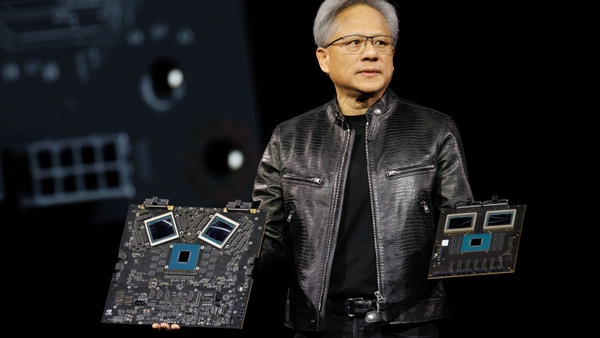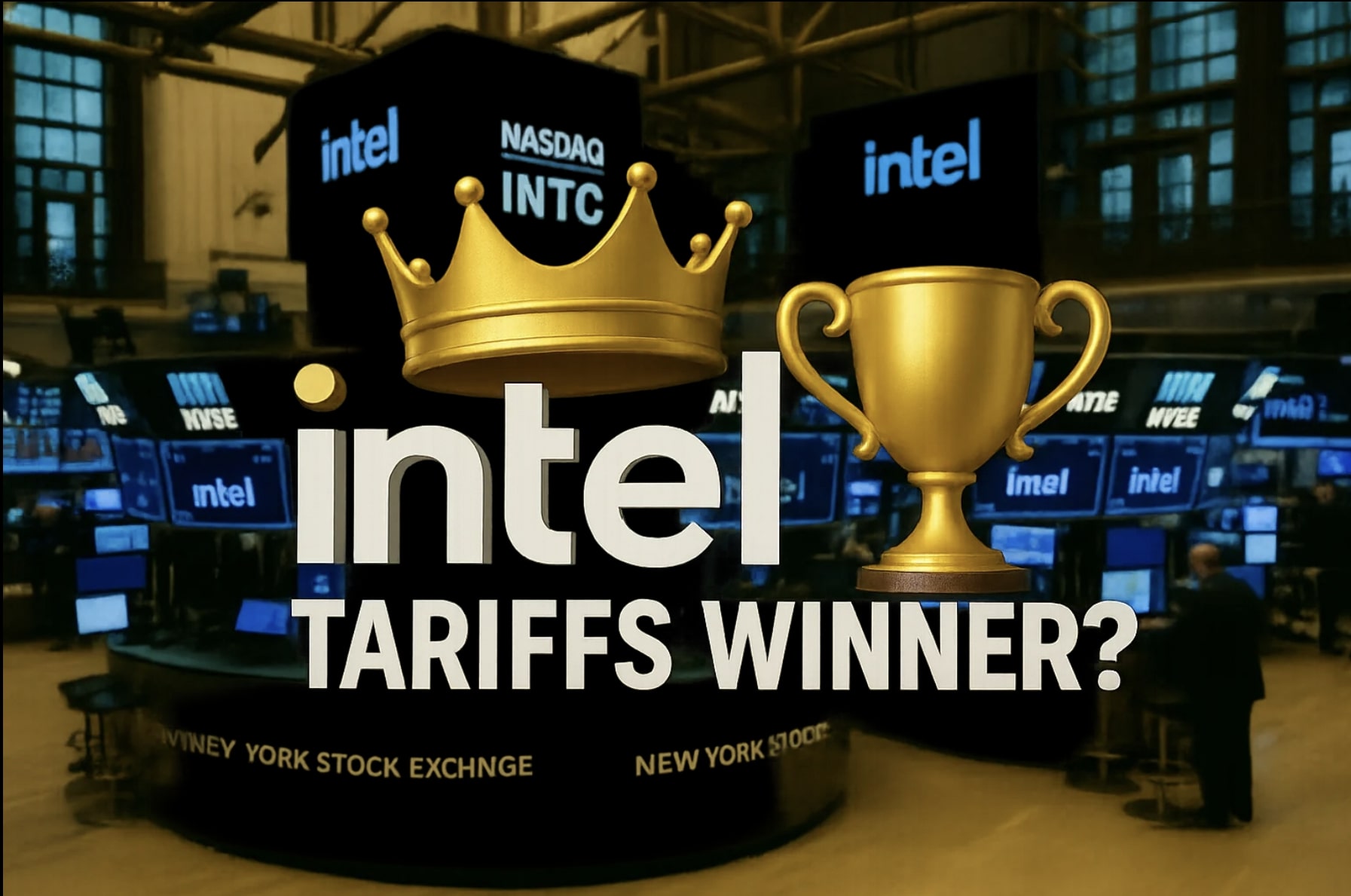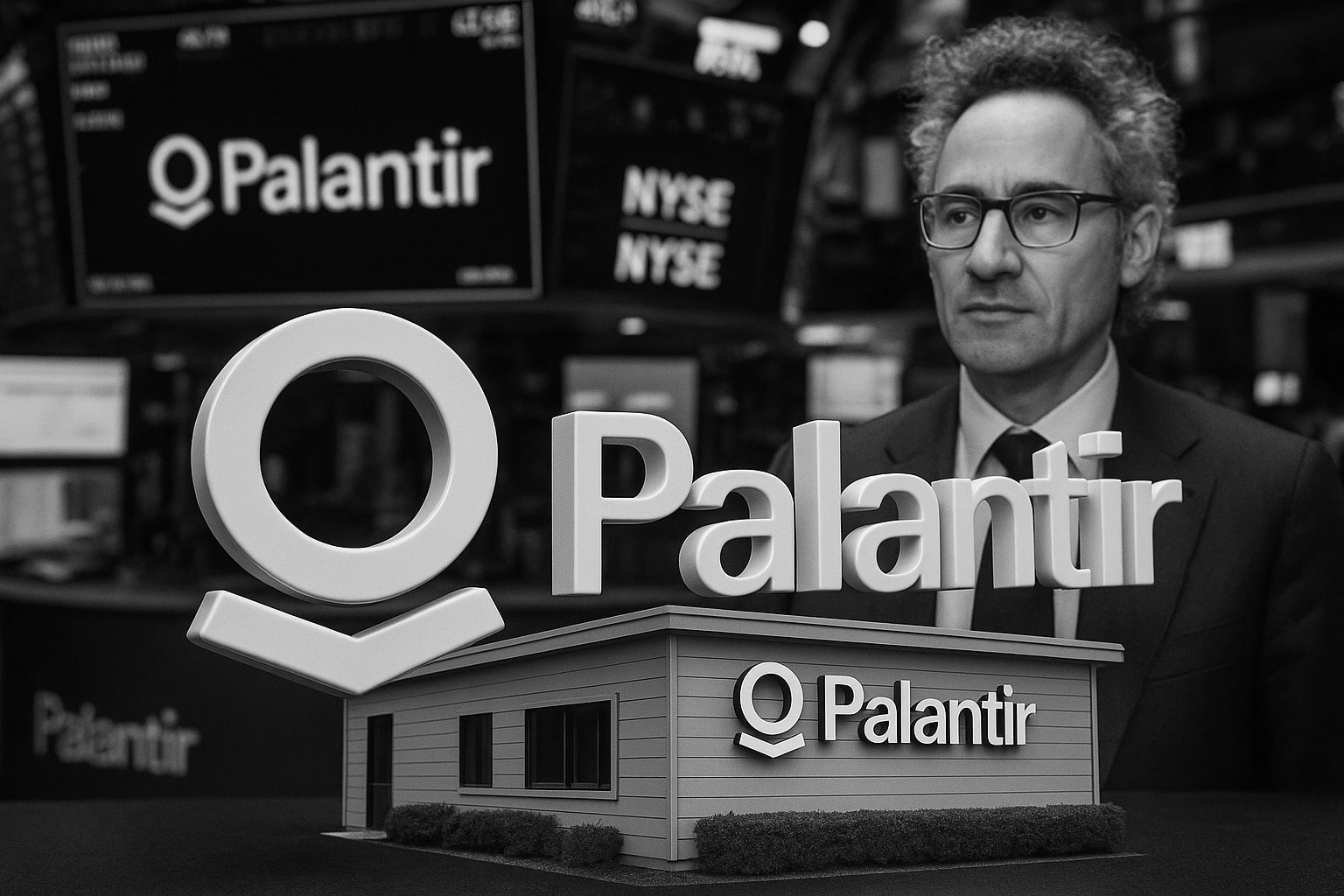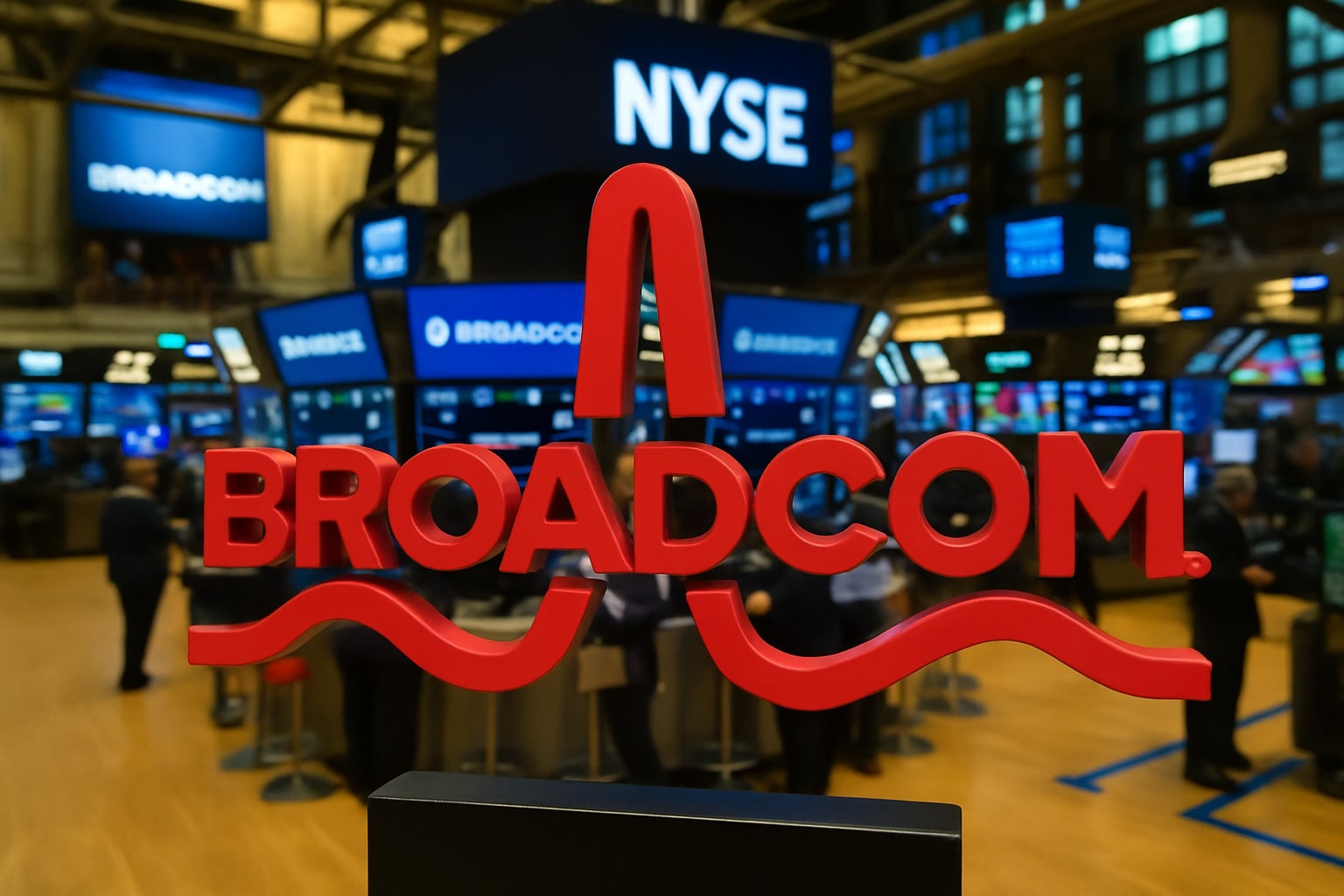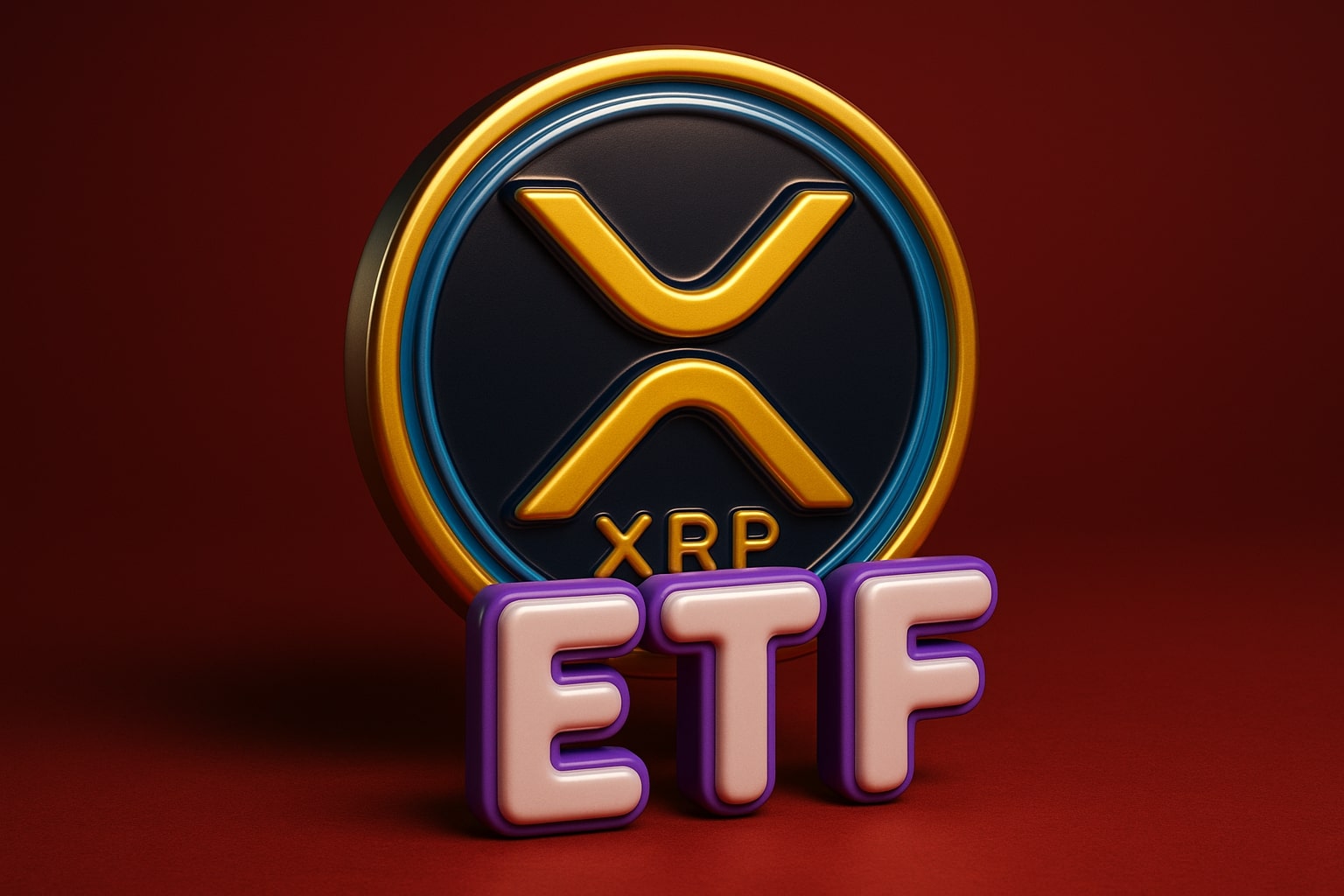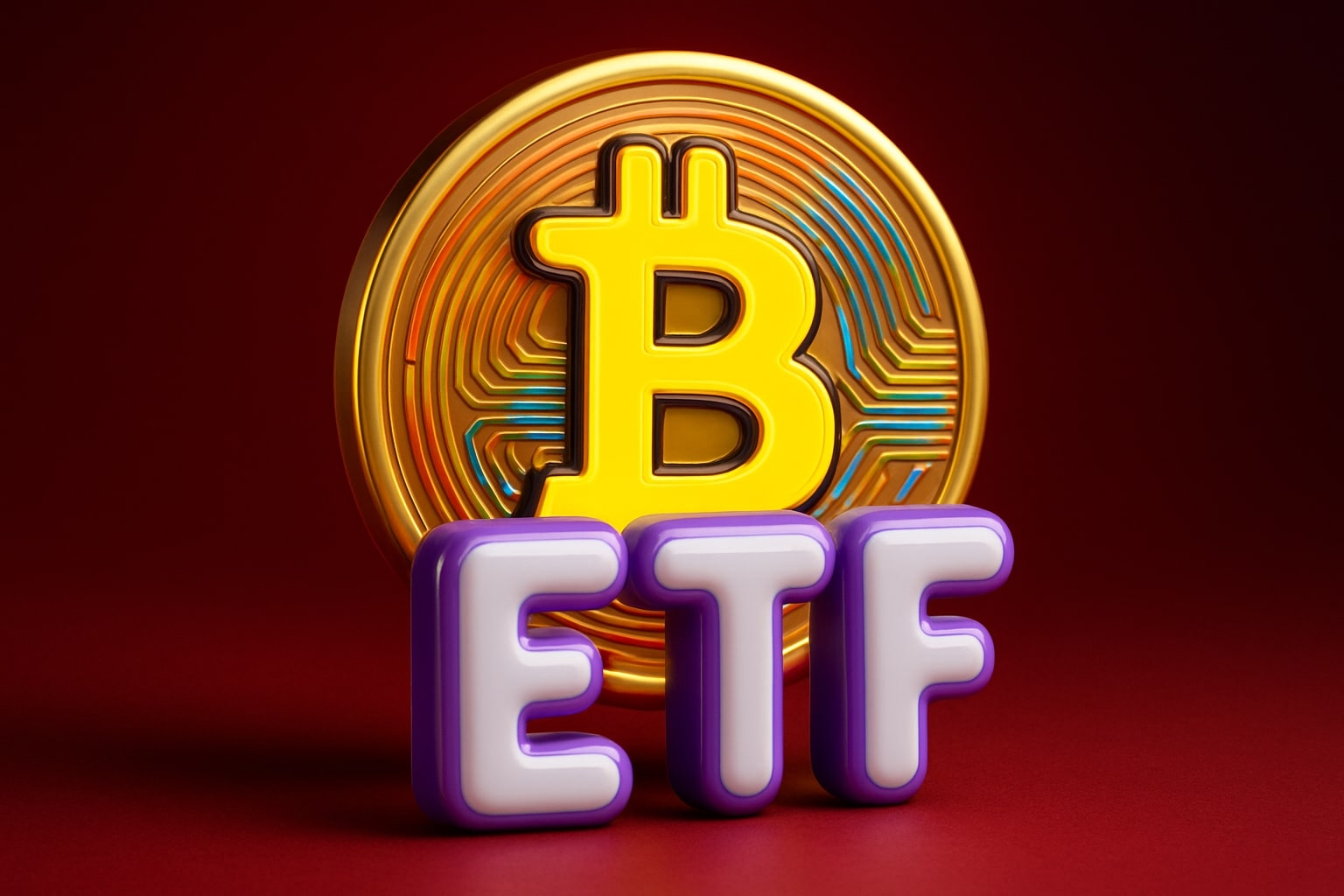Intel (NASDAQ: INTC) Faces Crucial Moment Amid Tariffs and 18A Process: Will It Lead or Lag?
Intel (NASDAQ: INTC) has found itself at a pivotal crossroads, grappling with multiple macroeconomic and technological challenges that will determine its future trajectory. With a focus on its AI-driven ambitions, foundry business, and the upcoming 18A process node, the company has to navigate through both external pressures like tariffs and internal uncertainties surrounding its leadership transition. This analysis will break down the factors that are shaping Intel’s stock performance and its potential for recovery.
Tariffs: Intel's Unexpected Advantage Amid Global Tensions
Intel’s stock has historically faced volatility due to global trade tensions, and the current climate is no exception. U.S. tariffs, specifically those introduced by former President Trump, have created significant headwinds for semiconductor giants, including Intel's competitors in the industry such as AMD (NASDAQ: AMD) and Nvidia (NASDAQ: NVDA). However, the tariffs could end up benefiting Intel (NASDAQ: INTC), especially as the U.S. semiconductor sector receives growing support for reshoring initiatives.
Intel is well-positioned to leverage the reshoring momentum in the U.S. by capitalizing on government and defense contracts. The company’s “Secure Enclave” initiative with the Department of Defense could unlock lucrative, high-margin contracts that provide a stable revenue stream. With China representing about 25% of Intel’s revenue, retaliatory tariffs from China could squeeze margins for competitors like Nvidia and AMD that rely heavily on international manufacturing supply chains. Intel, with its domestic fabs, might see advantages in pricing and supply over its competitors who are dependent on overseas production.
However, there is a downside: retaliatory tariffs could also impact Intel’s ability to source critical manufacturing equipment from foreign companies like ASML (ASML), whose EUV lithography machines are central to Intel’s chip production. A sharp increase in the cost of essential machinery could delay Intel’s next-generation 18A node development, affecting production timelines and profitability. Despite these challenges, Intel's edge in reshoring and U.S.-based manufacturing could help buffer the negative effects of tariffs, especially as other chipmakers face rising costs for imported materials.
The Crucial Role of the 18A Process Node: Intel’s Future at Stake
Intel’s immediate future rests heavily on the successful rollout of its 18A process node, slated for late 2025. This technology is a cornerstone of Intel's strategy to regain leadership in chip production and capitalize on the booming demand for AI-driven computing power. The Panther Lake CPU, launching in H2 2025, will be the first high-volume AI CPU built on Intel’s 18A process, marking a critical step in the company’s AI ambitions. The 18A node will also be crucial in Intel’s foundry operations, which have struggled with low margins and underutilization.
The company has committed significant resources to the development of 18A, betting that its performance and yield improvements will provide the foundation for future growth. However, Intel is under intense pressure to deliver high-quality chips that meet both internal performance benchmarks and the demands of external clients. The 18A process must not only meet Intel’s internal needs but also attract foundry clients to support its efforts to challenge dominant players like Taiwan Semiconductor Manufacturing Company (TSMC) and Samsung.
Intel’s foundry business, which posted a $13 billion loss in 2024 despite $18 billion in revenue, remains a financial burden. The company has yet to establish a broad customer base, and it’s uncertain whether it will achieve its breakeven target by 2027. As it transitions to more advanced manufacturing processes like the 18A node, Intel must increase the adoption of its EUV-based production techniques, but progress in this area remains slow. The EUV wafer mix only grew to 5% in 2024, far from the level needed to ensure profitability in the foundry segment. This slow adoption suggests that Intel’s plans to challenge TSMC in the foundry market may face delays and roadblocks, further impacting its financial performance.
Leadership Change: Will Lip-Bu Tan Drive the Needed Transformation?
Intel’s leadership has undergone a significant change with the appointment of Lip-Bu Tan as CEO in 2025. Tan’s track record as the former CEO of Cadence Design Systems, where he oversaw a remarkable turnaround, has sparked hope among investors that he can steer Intel toward success. Tan brings with him deep experience in the semiconductor ecosystem, from design to manufacturing, which will be crucial as Intel seeks to navigate its transformation from a traditional integrated device manufacturer (IDM) to a more agile, AI-focused enterprise.
However, Tan faces the challenging task of guiding Intel through its final stages of the 18A rollout. The company is already committed to its path, and much of the work required to ensure success is already in motion. Tan’s role will be less about making sweeping changes and more about optimizing the current trajectory and managing the risks associated with 18A and Intel’s broader foundry strategy. While the leadership change brings hope, Tan’s ability to drive meaningful improvements in the near term is uncertain, especially with the financial and technological hurdles Intel faces.
Intel’s Market Position: Financial Struggles Amid Strategic Shifts
Intel’s stock has struggled with negative sentiment over the past few years, with key setbacks in product rollouts and ongoing margin compression. The company’s price-to-book ratio stands at a low 0.9x, suggesting that the market has largely written off Intel's prospects. Despite these challenges, Intel’s stock remains deeply discounted compared to competitors like AMD and TSMC, which trade at price-to-sales ratios of 5-8x, while Intel hovers below 2x.
Intel is currently investing aggressively in its future, with R&D spending reaching $16.5 billion in 2024 and capital expenditures topping $24 billion. These investments are crucial for Intel’s long-term strategy, but in the short term, they have led to negative cash flows and rising debt. Intel’s cash flow was negative $2.2 billion in 2024, and the company is struggling with a net debt position of $28 billion, a sharp decline from its previous debt-neutral status.
Intel’s near-term recovery hinges on whether it can successfully execute its roadmap for the 18A process and regain a foothold in the foundry market. If Intel can stabilize its product line, secure a few foundry clients, and deliver on the promises of its AI chip portfolio, its financial performance could improve, leading to a reevaluation of its stock price.
Intel’s Path Forward: Navigating Risks and Seizing Opportunities
Intel’s journey forward is fraught with risk, but it is also rich with potential. The success of its 18A process node, its ability to capitalize on U.S. reshoring and defense contracts, and the leadership of Lip-Bu Tan will determine whether Intel can regain its position as a semiconductor powerhouse. Despite the ongoing hurdles, including financial strain and geopolitical tensions, Intel’s focus on AI, advanced manufacturing, and foundry services provides a pathway for long-term growth.
However, the company must execute flawlessly in the coming years to prove that it can outpace rivals like AMD, Nvidia, and TSMC. Tariffs may offer Intel a unique advantage, but they are not without risk. For now, the market remains cautious, reflecting skepticism over Intel’s ability to navigate its current challenges. If Intel’s bets on the 18A process and its foundry business pay off, the company could see a significant upside, especially as it expands its footprint in AI and data centers.
In conclusion, Intel (NASDAQ: INTC) is at a critical juncture. With its stock trading at a significant discount, there is substantial upside potential if the company can capitalize on the strategic opportunities ahead. However, execution remains key, and any missteps could lead to further declines in its stock price.












